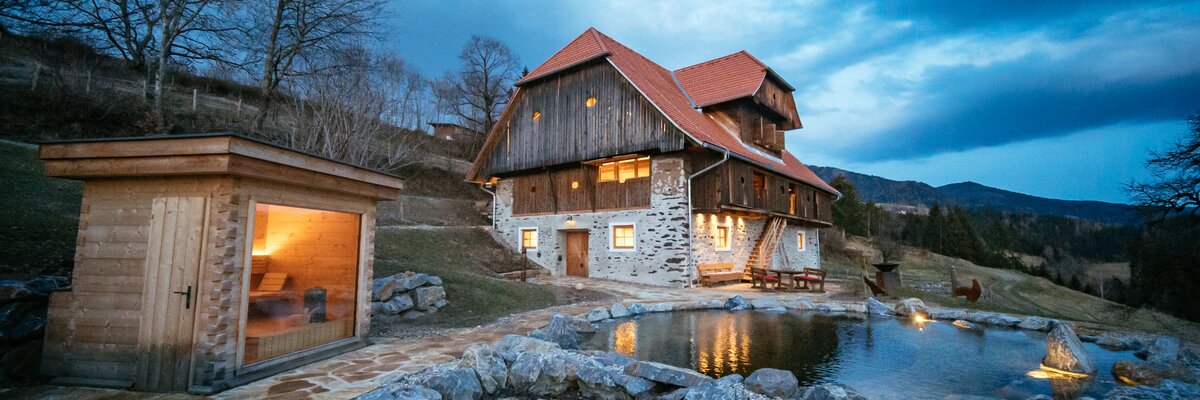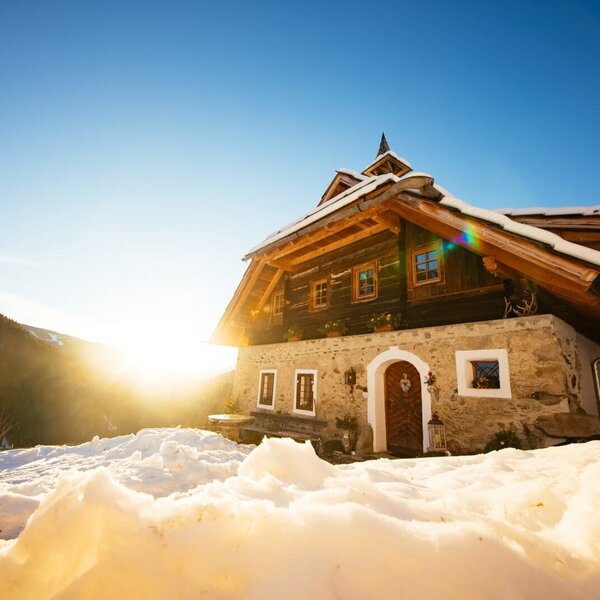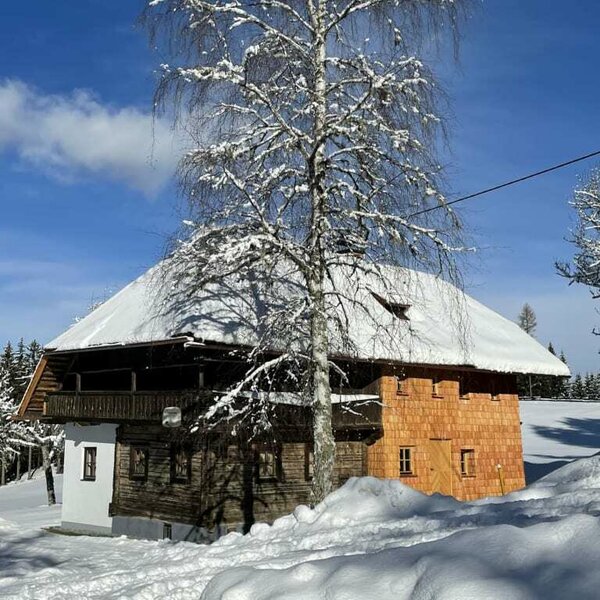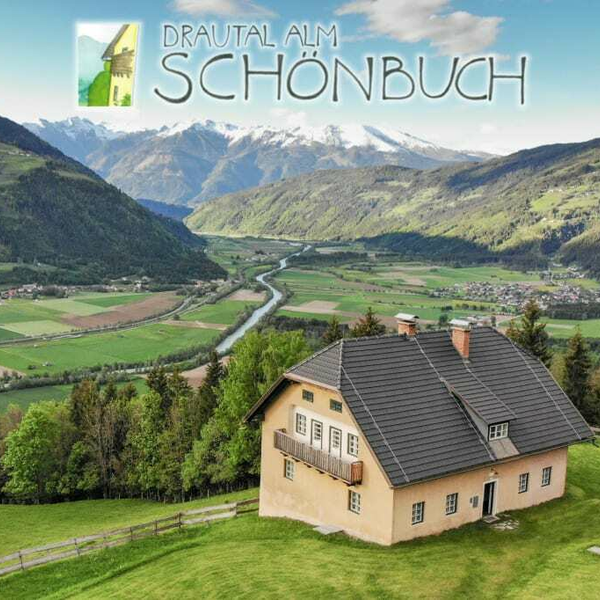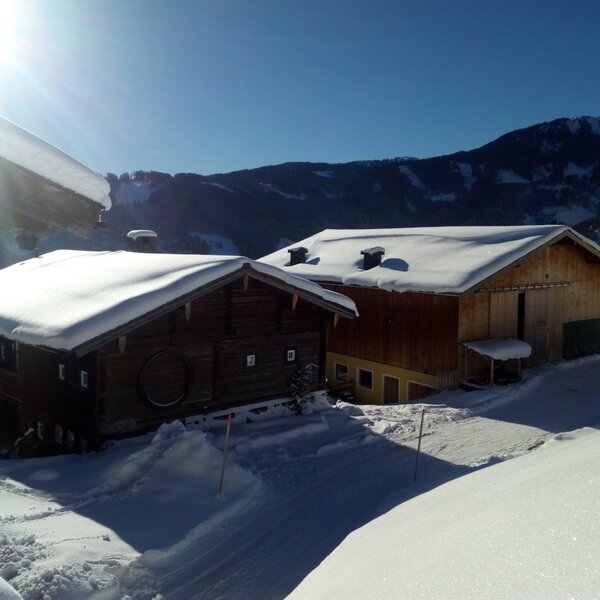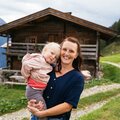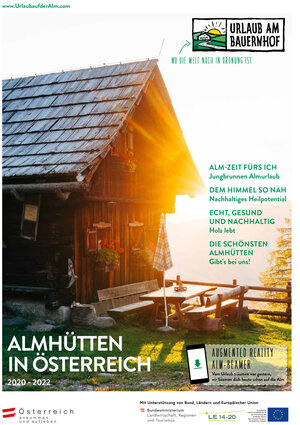Holidays on Redesigned Mountain Farms Tradition, Relaxation, and Unforgettable Experiences
Holidays on a redesigned mountain farm? This is the right choice for all those who would like to immerse themselves in the history of mountain farming. Get to know places of outstanding natural beauty in the Austrian Alps. Experience extraordinary vacation moments at our historic mountain farmhouses and immerse yourself in the fascinating history of alpine agriculture. Here, you have the chance to discover special places away from the hustle and bustle of everyday life and find relaxation amidst untouched nature. Feel the harmonious connection between tradition and nature conservation, between the past and the present.
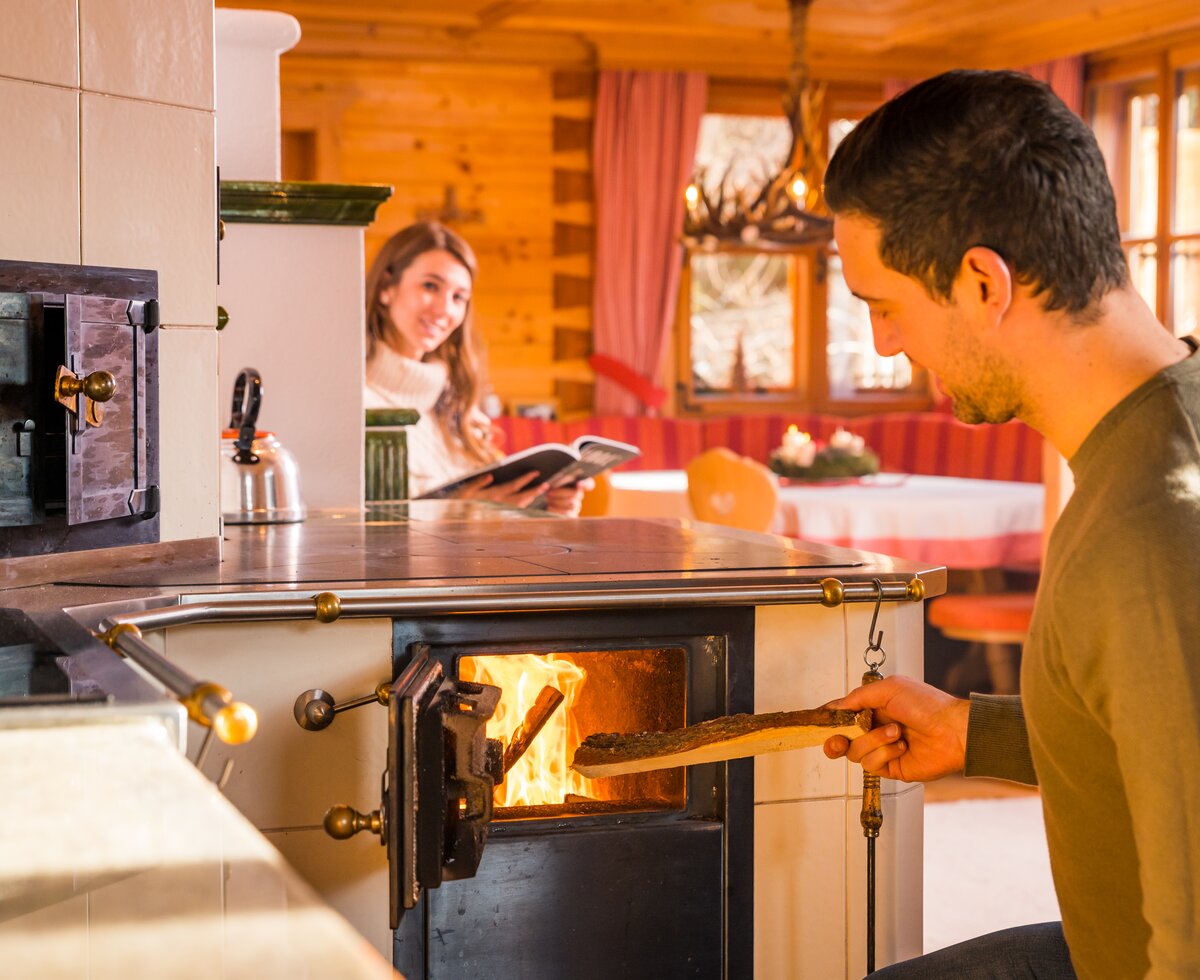
Historic Buildings - Silent Testimonies of the Past
Former mountain farms open doors to the past. The thick walls are silent testimonies. From the moment of being built up to this day, they have continuously been withstanding the forces of nature.
Heritage agricultural machinery and tools such as wooden rakes and horse harnesses have fallen out of use a long time ago. Today, they decorate the walls. You don’t need to let your imagination run wild to picture how it must have been like to live here, on a mountain farm, and to understand that the daily work was arduous.
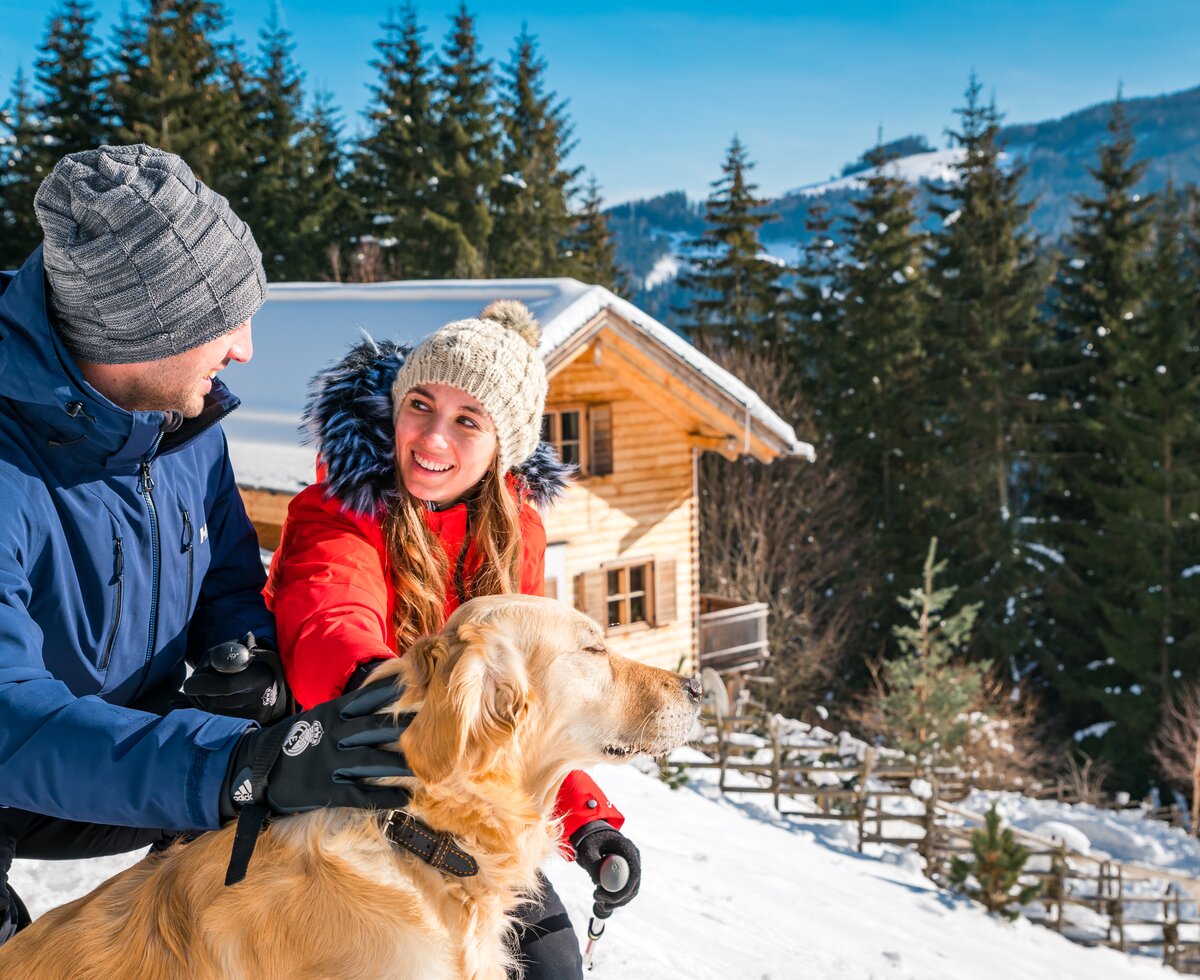
Looking Back: Farming on the Alpine Pastures
Many farmers used to grow cereal crops on the steep slopes. After the harvest, a laborious task, the ears of grain were stored in the hayloft. Threshing, the process of separating grain from the inedible chaff, was performed using handheld tools called flails. Next, a horse and cart brought the grain to the miller.
All the grass that was not fed to the livestock in summer was harvested by hand, using scythes. People used scythes in the 15th century already. They had replaced the sickle, a single-handed agricultural tool used for reaping grain crops. Scythes were manufactured in many places at that time. From the beginning of the 1950s, however, this traditional craftsmanship disappeared from many valleys. Today, only a small number of manufacturers in the Alps still forges scythes.
For traditional haymaking, grass was cut, and left outside for several days until dry enough to store as hay. Then, it was brought in the hayloft with a wooden hand cart. Since not every farmer could afford a horse, the carts were also frequently drawn by oxen. Farmers who possessed a horse and a farmhand who took care of it, were held in high esteem and regarded as wealthy.
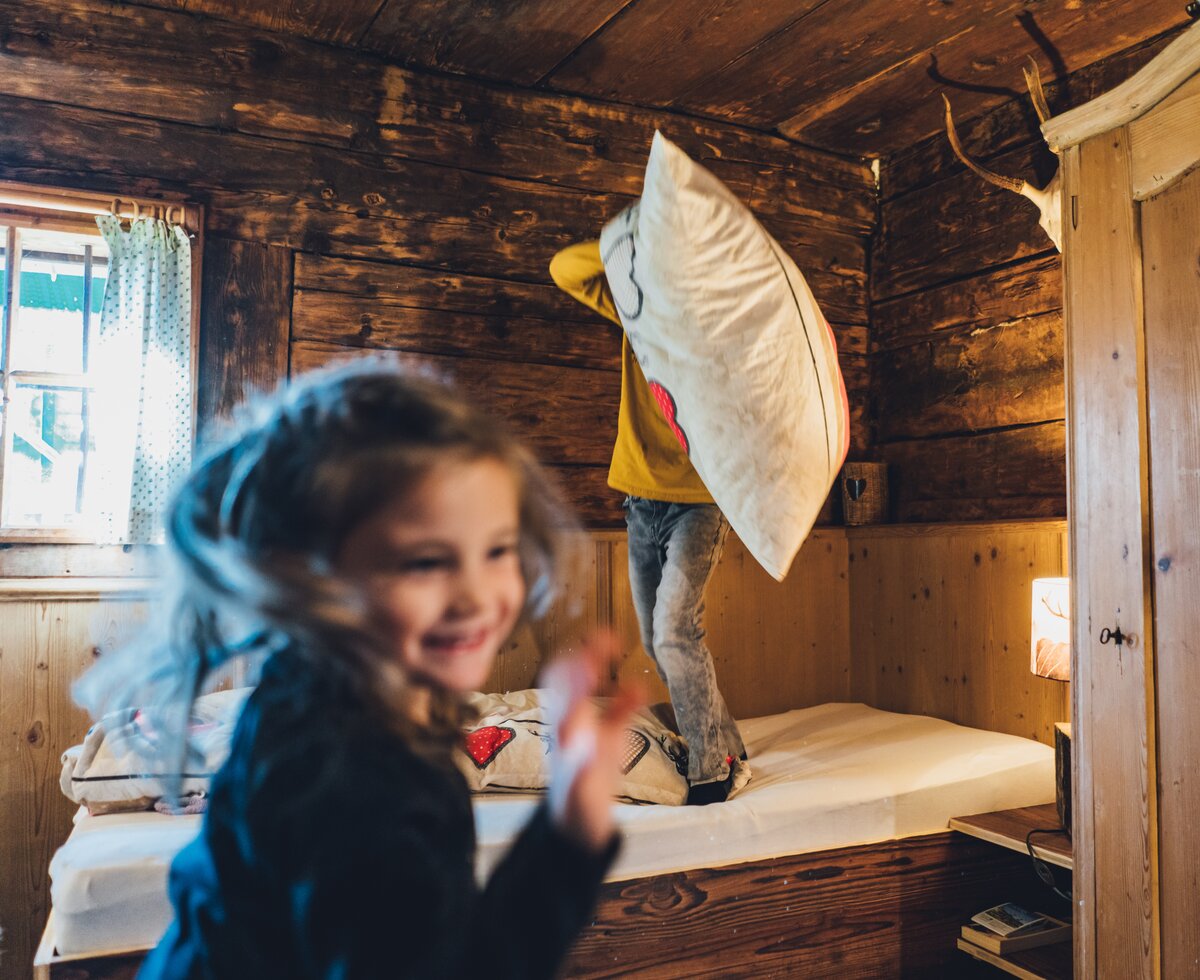
Looking Back: A Childhood Back Then
Every child was also an indispensable part of the workforce and regarded as valuable support for the house and the farm. Children at the tender age of seven already worked in the fields as a matter of course. The young generation was in charge of fetching refreshing water to drink for the workers who were out haymaking, taking care of the livestock in the barn or herding the animals that were grazing in the mountainous terrain.
At a young age, they learnt how to mow grass using a scythe and how to cut wood with a handsaw. The kids already required the essential training, knowledge and skills to look after the animals properly including feeding and working in the barn. In return, they got recognition and respect.
As you’re driving your car along the road that winds its way up towards the holiday destination of your dreams, stop and take a moment to think of the children who grew up here. Imagine how it must have been like to walk to school from the farmhouse perched in the mountains. Almost every day. In any weather. On foot. It often took them several hours to get there. Once they had arrived, they were already tired from the long walk.
But if you see the world through the eyes of a child, there’s always something to discover! Spot a beetle on the way to school, lure out a cricket from its hole using a blade of grass and pick flowers for Mum on the way home. It was normal to play with everything that nature had on offer: rocks, cones, wood and branchlets. Those were the things that made the kids’ eyes sparkle, the basic ingredients for moments of joy.
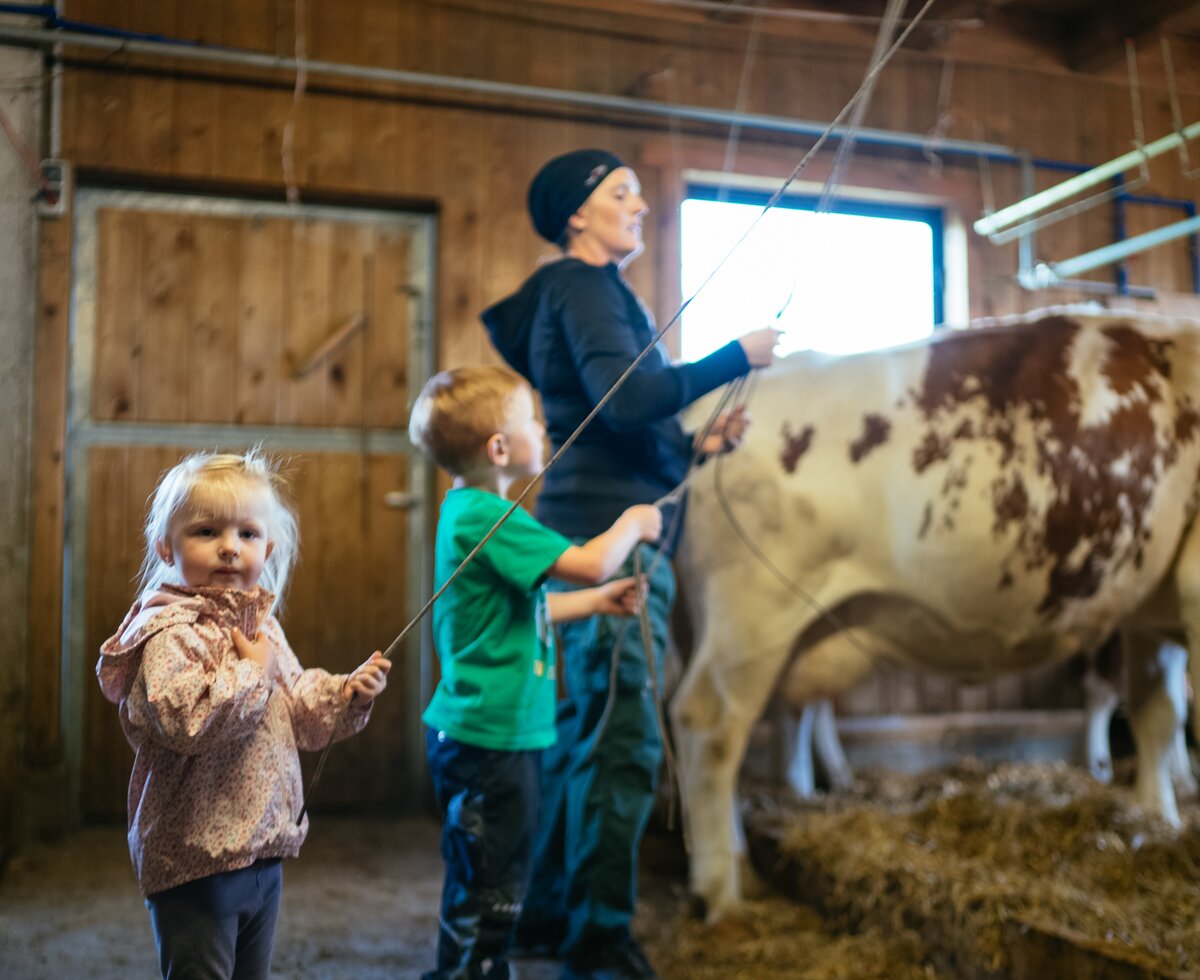
Looking Back: The Barn and the Livestock
Livestock was a vital resource for the mountain farmers. They took great care of their cows, pigs and horses. It was important that they wanted for nothing.
In most cases, the animals spent the summer on the alpine pastures high above the farm. The oldest and most experienced member of the herd had a bell. The so-called “Sennerin” was in charge of herding the livestock. In September, most often around Michaelmas, it was time to celebrate the “Almabtrieb”, provided that all the animals returned from the alpine pastures safe and sound.
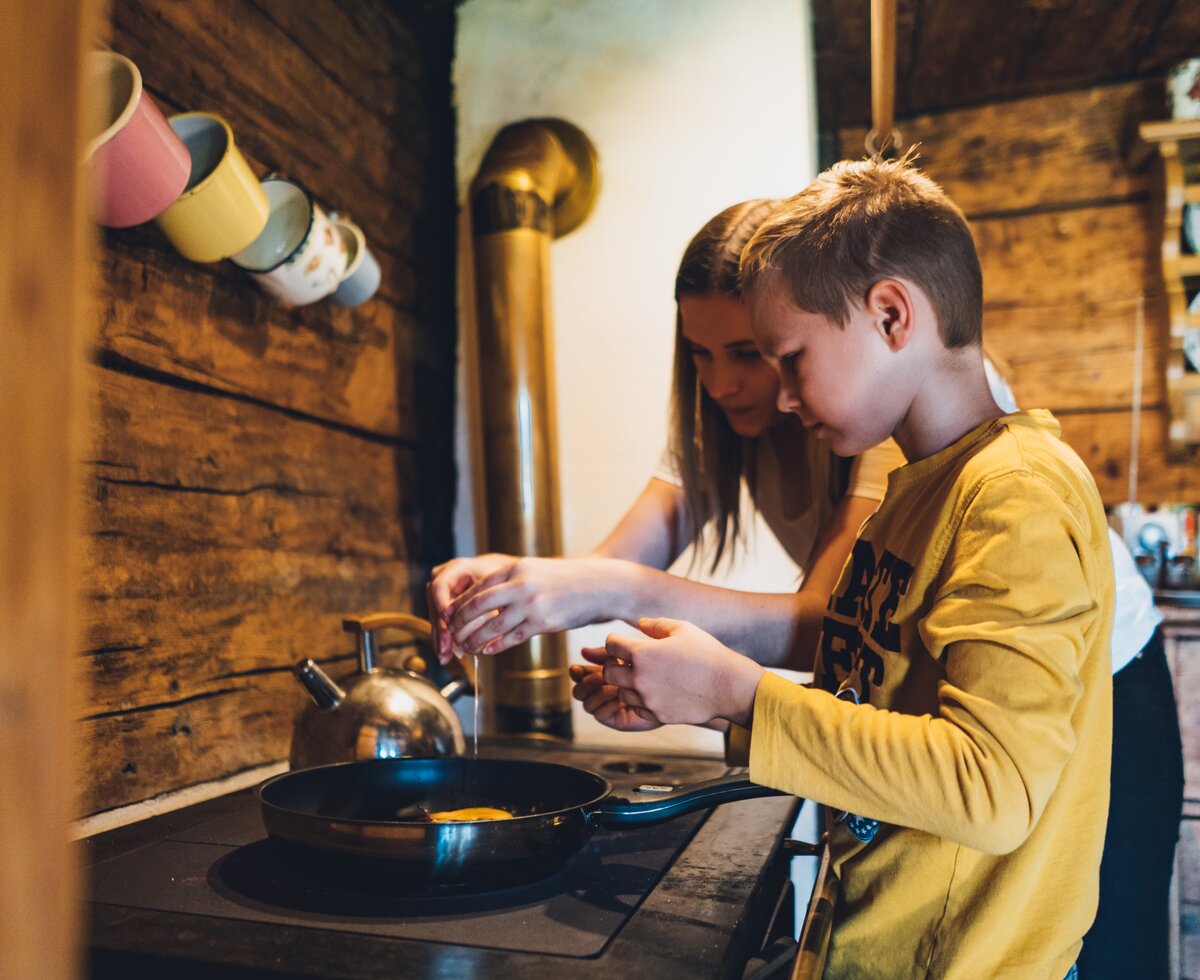
Looking Back: The Farmer’s Kitchen
On a mountain farm, the wife’s main task - which was also a concern - was making sure that every family member had enough to eat. After all, food was often scarce. Everything that grew in the gardens and fields was used in the kitchen.
The meals were substantial and yet simple. Stir-fry, dumplings, hearty soups and fried dough pastries were regularly cooked in the farmhouses. Some of those dishes are still very popular: “Kaspressknödel”, “Dampfnudeln” and “Ritschert”, to name but a few. A Sunday roast was only served on special occasions. In the evening, after the work had been done, the whole family gathered by the light of a paraffin lamp, read each other stories, discussed the next day’s tasks or retold old tales.
And while they were listening and getting cosy on the bench next to the tiled stove, they may have started to see things differently and to understand nature better. Many of these tales are probably still present within the ancient walls of the farmhouses. Simply listen carefully and use a little imagination. For a trip down memory lane.
Request Your Former Mountain Farm Now!
Any Questions? Contact Us! SEND AN E-MAIL OR CALL US
Personal advice, insider tips and much more. We will find the perfect mountain cabin or chalet for you, that’s for sure!
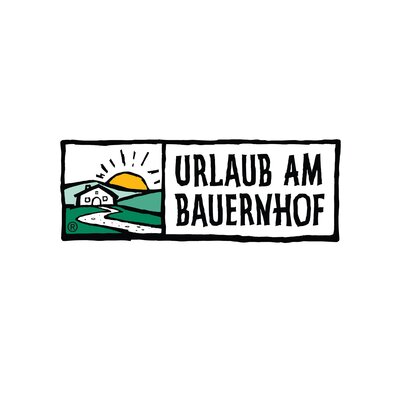
Urlaub auf der Alm
Holidays on the Farm in Carinthia
